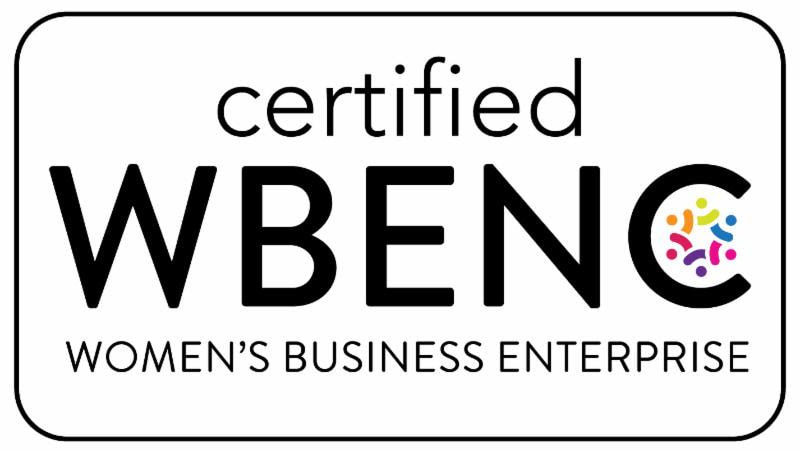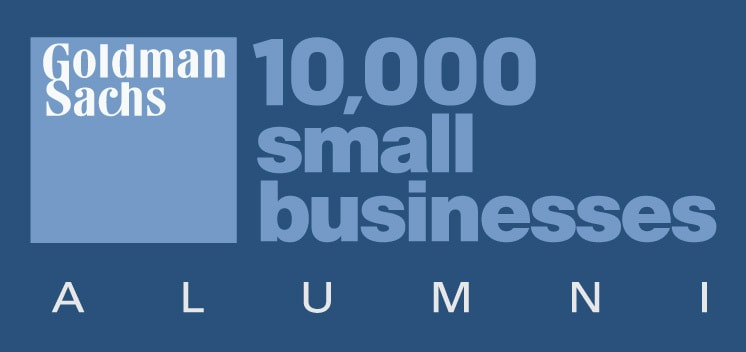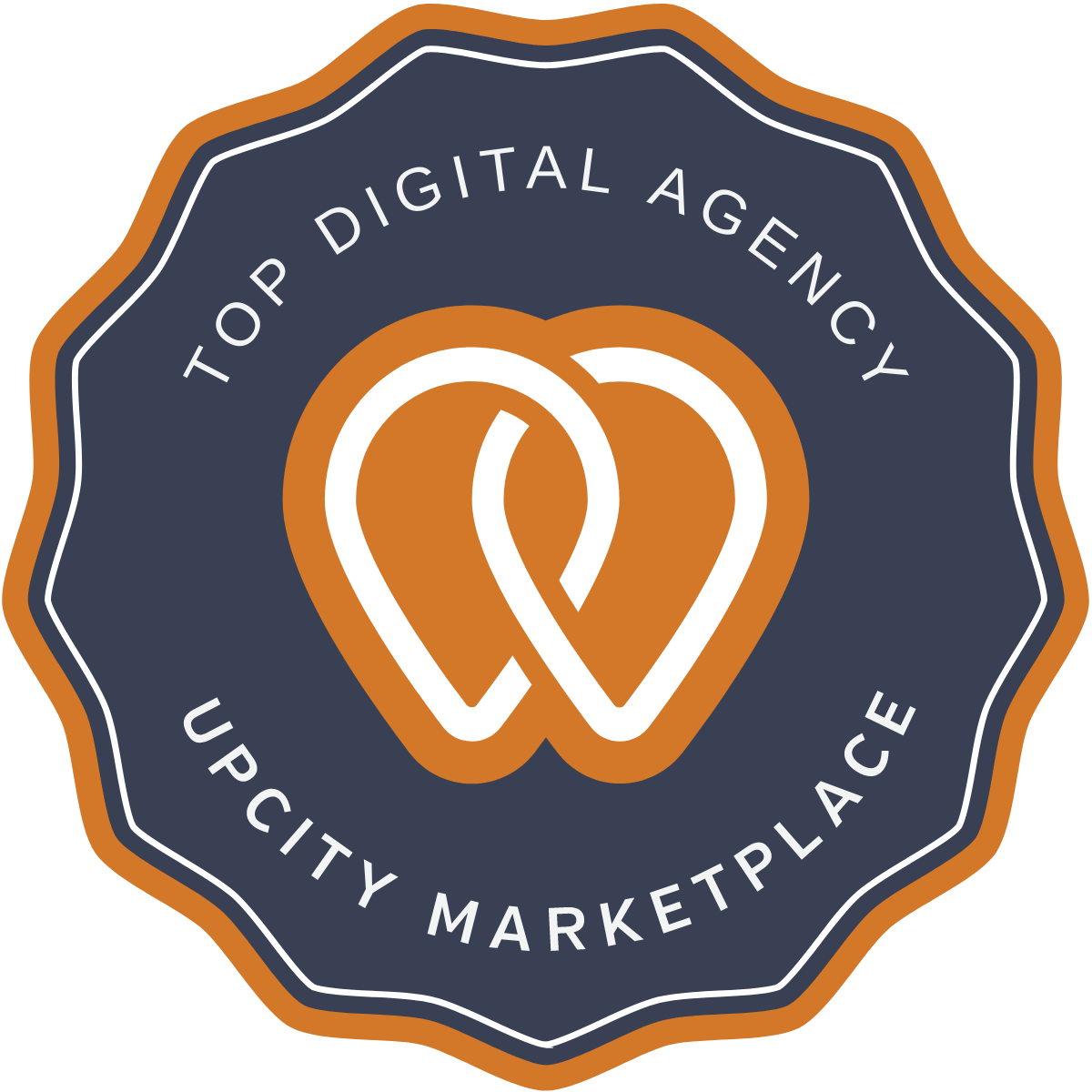|
What are the benefits of display ads? Utilizing a display advertising strategy can help your business boost interest among prospective customers; promote specific products, offerings, or services; and keep your organization's brand at the forefront of audiences' minds. They also enable you to set up campaigns, which can be monitored and tracked across time. This means you can reduce costs and increase performance - all while the ads are running. What Is a Display Ad Strategy?Simply put, a display ad strategy uses a combination of text, images, and a website URL to create an online advertisement. These online ads then drive potential customers to learn more about your products or services, as well as to purchase. Including this type of ad in your marketing strategy can increase brand awareness, drive more traffic to a product or service landing page, and increase conversion rates. Some examples of display ads include: Types of Display AdsOne specific type of display ad you've likely heard of is Google display ads. Google display ads are typically a low-cost and low barrier-to-entry option for businesses looking to improve recognition of their brand, product, or service. The benefit of a Google display ad specifically is that It integrates seamlessly with all other Google products you are using, including Google Analytics 4. Google display ads come with a lot of positives, but there is also room for display ads beyond Google. In this blog, we'll examine some of the pros and cons of using Google display ads versus other options that may be available on programmatic platforms. Programmatic display advertising uses a set of technologies to automate the buying and selling of banner ads. The ads are then placed on designated areas of websites, social media platforms, or apps so that potential customers see them as they are using those spaces. Here are some ways we can compare these two display advertising approaches: Cost for Display AdsGoogle Display Network:
Programmatic Platforms:
Budget ThresholdGoogle Display Network:
Programmatic Platforms:
Display Ad Set Up and SizingGoogle Display Network:
Programmatic Platforms:
Reporting and MetricsGoogle Display Network:
Programmatic Platforms:
Audience Targeting for Display AdsGoogle Display Network:
Programmatic Platforms:
Display Ad Placement OptionsGoogle Display Network:
Programmatic Platforms:
Choosing the Right Platform for Your Display AdsThe good news: There is no wrong answer to what will work best for your business. Google Display Network's lower cost, seamlessness with other platforms, and unique ad formats make it a solid option for smaller businesses. Yet, if you're looking for something that is more wide-reaching with greater data options and the ability to scale long-term, then programmatic platforms are the right move for you. We know advertising decisions can be hard to make and execute alone. Rather than being forced to create a display ads strategy solo, reach out to us! A Sarah Best Strategy digital advertising expert or strategist can guide you through the process of determining the right path (and the best tool) for successful display advertising that matches your goals. Learn more about our advertising services, or contact us to set up a time to chat. Caitlin Bognar Caitlin Bognar (Digital Strategist) is an expert digital marketer with 6 years of experience in the field, including agency and corporate work. In her years in the industry, she has become a jack-of-all-trades type individual with a wide range of expertise in paid media, content marketing, and analytics. She loves working with small and large clients by uncovering their goals and creating a holistic, omnichannel marketing plan that spans from strategy, to activation, to optimizations/results. Caitlin lives in Milwaukee, WI with her husband, Dave, and their two dogs, Lannie and Lola. Genevra Gallo-Bayiates Genevra Gallo-Bayiates (Senior Writer & Content Strategist) has over 20 years experience as a writer and editor for social media copywriting, B2B/B2C marketing and advertising, blog and website content development, fundraising messaging, e-learning storytelling, personal branding, and curriculum design. Their journalism and essays have appeared in CMA Today, Time Out Chicago, the Chicago Red Streak, and Haymarket Books. Genevra's playwriting work has been published by Playscripts, Hope & Nonthings, and Commonplace Books. Comments are closed.
|
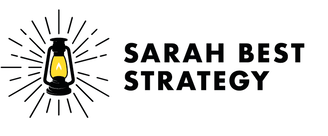

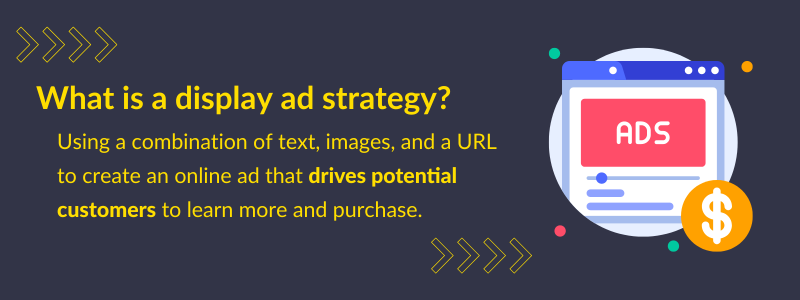
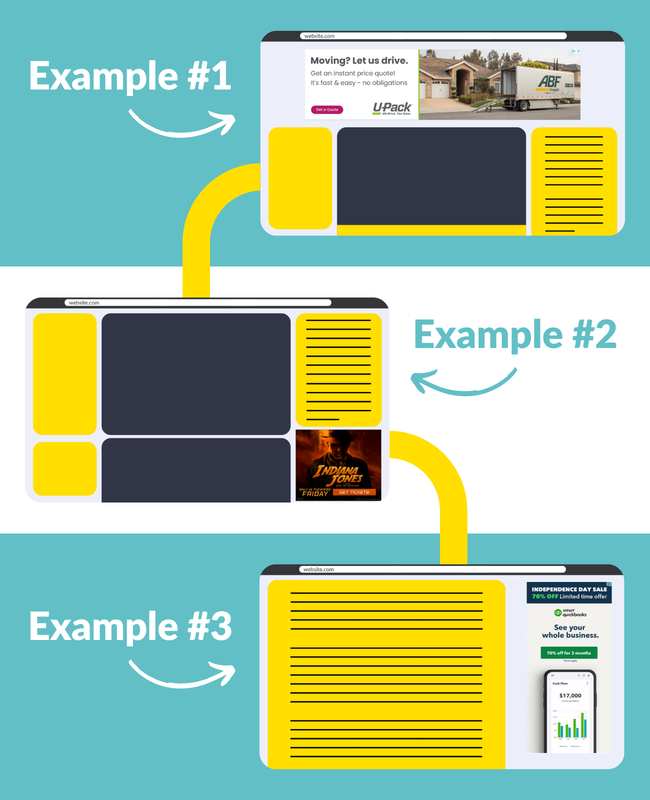
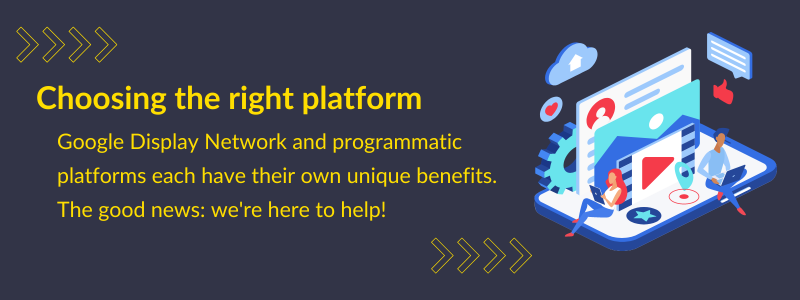

 RSS Feed
RSS Feed


